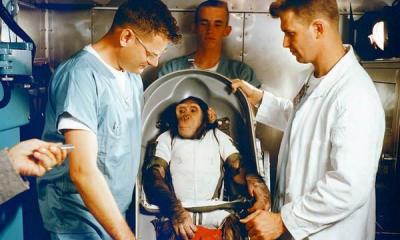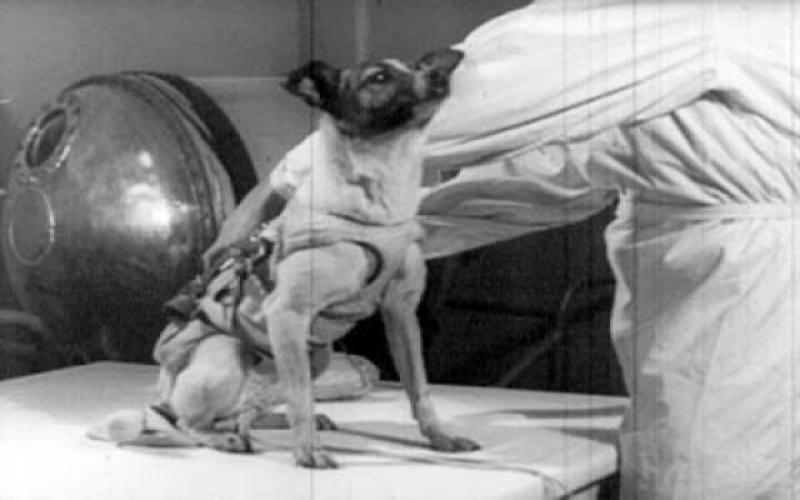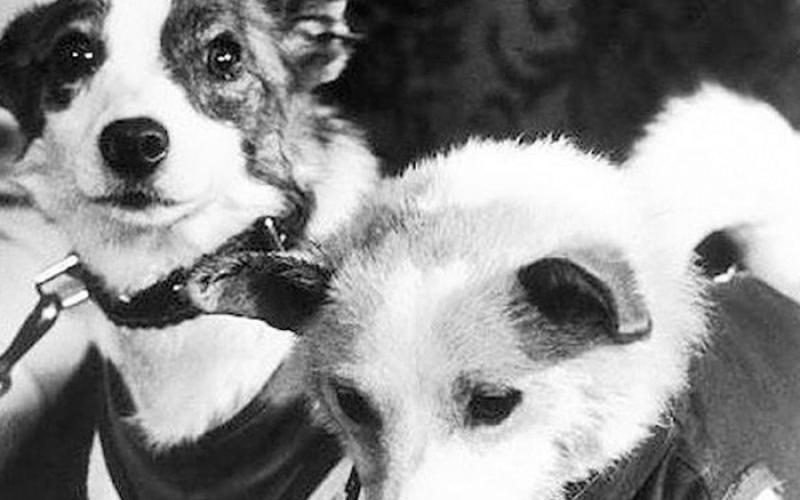Cold and harsh winters leave their mark on the life and behavior of animals. Everything changes for them: from their appearance to their habitat.
This can be seen in the photos and pictures of burrows and nests in winter and summer.
Training
How do wild animals prepare for winter?
To survive in these harsh conditions of the cold season, wild animals prepare for winter in advance:
- change color,
- make stocks,
- prepare a home
- fall into hibernation.
On various photos and presentations on the net, you can see that some are awake all winter, for others, on the contrary, hibernation is the best solution. But for all living things there is a common thing - all animals change their behavior in general in winter.
Let us consider in detail how animals prepare for wintering with the help of photos, pictures and presentations.
A hare, for example, in warm seasons has a gray coat, and closer to winter it changes color and becomes white. Thanks to the change in its color, it escapes from various predators that are eager to feast on. Also, the hare easily moves through the snow and can repulse the predator with the blows of its hind legs. This is due to the fact that his paws are wide and densely overgrown with hair. The hare does not stock up for the winter, so it is hard for him in the cold. The hare hides from the winter cold and sleeps in a hole dug by him under trees or stumps. In severely cold winters, it can move closer to human dwellings, eating hay or the remains of animal feed.
But the fox does not change its color. The only thing that changes in the fox is the undercoat, which becomes very thick in order to keep warm in severe frosts. She is not adapted to make supplies, therefore she finds mice under the snow, sometimes she drags chickens from people's dwellings. This wild animal does not especially prepare for winter and does not hibernate, hiding in a deep hole, which it digs under the roots of trees or on hills.
Presentations
Click on the picture below.
Stocks for the winter are made by a squirrel. Preparation for winter in this rodent begins long before it begins. The squirrel lives in the hollows of trees, where it carries mushrooms, nuts, straw, so that in winter it will be warm and satisfying. In winter, she does not sleep, changes color to a light gray fur coat. Pictures, photos and presentation clearly demonstrate the behavior of the animal.
All hibernating animals are especially carefully prepared for the cold season, because they sleep all winter, so the place of their sleepy stay should be safe and warm.
Animals that sleep in winter:
- the Bears,
- raccoons,
- badgers,
- jerboas,
- hamsters,
- chipmunks and others.
Lists with pictures
Bears have their own bright distinctive feature - they hibernate, which lasts all winter.
Why is this happening?
In winter, it is difficult for a bear to find enough food, especially plant food, so he has to sleep in his den. The bear den looks like it is shown in the picture. Here are several options for a bear den:
- 1 - ground lair
- 2 - semi-soil lair
- 3.4 - riding dens

The bear is preparing for winter carefully. The hibernation of this predator lasts from three months to six months. During hibernation, the work of his entire body is rebuilt. Breathing and heartbeat slow down, and sleeping bears feed only on the supply of subcutaneous fat. During the wintering period, the animal sleeps and loses about half of its own weight, molts, but does not change color. Those bears that have not hibernated are especially dangerous, since in search of food they often harm people's households or fall on hunters.
As for polar bears, they do not always hibernate, but only she-bears with cubs. This is due to the fact that polar bears feed exclusively on meat and fish. This diet is enough for them to maintain a full life. They don't need to stock up.
You can see the life of bears in more detail in winter with the help and find out: “Why do bears sleep in winter?”
It is not easy for birds in winter. To deal with severe weather conditions, they have special adaptations for winter life. In autumn, they grow scallops or horny fringes, and in spring these downy growths disappear. Sometimes birds change color - plumage, which allows them to merge with the surrounding background.
Forest birds find their food on shrubs and trees, feeding on pine and spruce cones, pine nuts or mountain ash. Relationships between different species of birds change for the winter. They form flocks from different families, sharing the process of foraging.
It is difficult for birds that feed on the ground. It is problematic with ground food in winter, so it is people who can help the birds. Building a birdhouse and providing birds with food means not only helping our smaller brothers survive the harsh winter, but saving their lives. We also have the opportunity to observe their behavior, take interesting photos. Therefore, it is necessary to prepare for winter not only for animals, but also for people.
Birds
Developing didactic tasks and games
We develop fine motor skills of the child. Here you need to help the bear get into the den - circle the dotted lines with a pencil.









